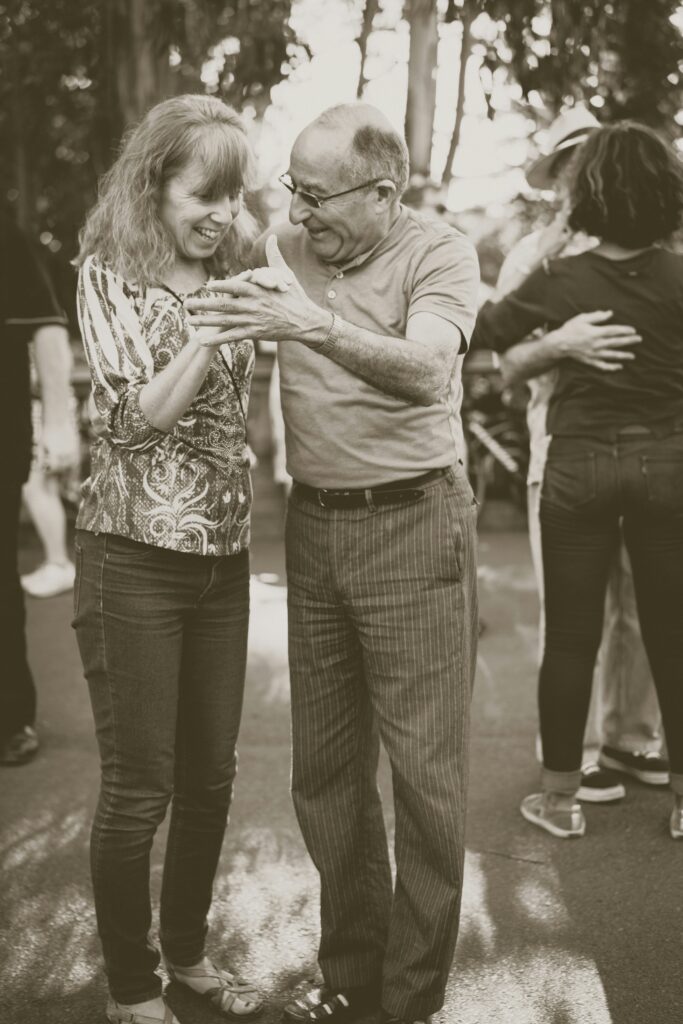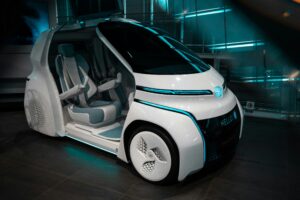Picture this: you’re walking down the street, minding your own business, when suddenly a robot dog passes by, wagging its mechanical tail and barking in a distinctly artificial tone. This may sound like a scene straight out of a science fiction movie, but the reality is that robotic technology is becoming increasingly integrated into our daily lives.
From automated delivery drones to self-driving cars, the age of robotics is upon us. One area that is seeing significant growth is the development of robotic companions for the elderly. With an aging population and a shortage of caregivers, robots are stepping in to provide assistance and companionship to seniors in need.
According to a report by the International Federation of Robotics, the market for service robots in healthcare is expected to grow by 25% annually over the next few years. These robots are equipped with artificial intelligence capabilities that allow them to engage in conversations, remind patients to take their medication, and even provide physical assistance with tasks like getting out of bed or walking.
But while the potential benefits of robotic companions for the elderly are clear, there are also concerns about privacy, autonomy, and the potential for robots to replace human interaction. As we embrace this new era of technology, it’s important to consider the implications of relying on robots for companionship and care, and to ensure that we strike a healthy balance between human touch and technological innovation.



